Cover Crop Confessions: Mistakes We Made and Lessons We Learned (And What We’re Still Learning)
Converting from conventional cropping to regenerative practices can be a challenge in the early years. Noble Research Institute ranch manager Kevin Pierce shares what he’s learning as he plants cover crops to build soil health on Red River Ranch.
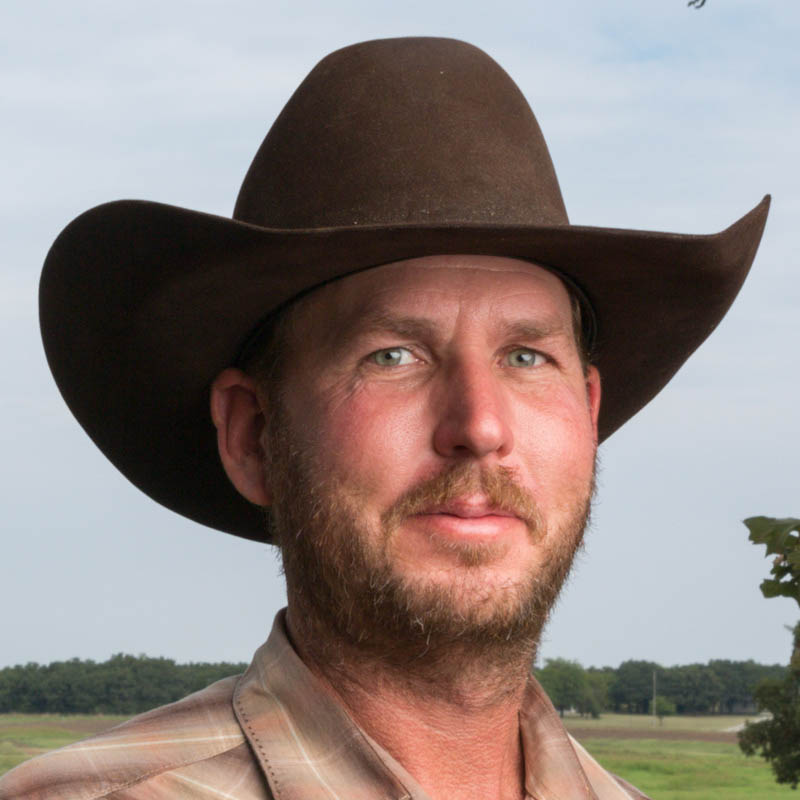
“Trashy” Seed Leads to Successful Cover Crop Experiment
Waste not, want not. And like Kevin Pierce, ranch manager of Noble’s Red River Ranch, you might discover another way to do things, like plant cover crops.
“We had some seed that was kind of trashy; it didn’t get cleaned,” Pierce says. “We tried to seed it with the drill, but it was giving us a whole lot of trouble.”
So in late October-early November, he took what he had left over of the diverse mix, put it in the fertilizer spreader, and broadcast the seed instead, overseeding two areas of bermudagrass he had set aside as stockpile forage for the herd. Then he grazed the areas with fairly high stock density to trample in the cover-crop seed.
For two years in a row, he’s had good success with the stands in the experimental areas where he broadcast and used animal impact.
As an informal control, “I just marked off a small area where I didn’t let the cows graze, and there was a huge difference in the stands,” he says. He’s excited about the potential of using hoof action and natural fertilization from high-density grazing after seeding with a spreader.
“We’ve had some good success with it,” Pierce says. He thinks broadcast seeding in the right setting could remove one barrier of entry to planting cover crops, “because a lot of people say they can’t plant them because they don’t have a no-till drill, and a no-till drill is expensive.”
He says ranchers could rent a spreader to use, and “even a guy who’s got 10 cows and a four-wheeler could buy a little spreader and do 3 acres to start. It could fit everybody.”
To take his experiment one step further, Pierce continued to “play with” the broadcast seeding, and let one of the areas go to seed last year.
“We stayed off of it until late summer, then we went in and grazed it, and actually it looks really good,” he says. “It has a volunteer stand of rye that looks as good or better than some of what we planted.”
In the summer of 2021, the first diverse warm-season cover crop Kevin Pierce drilled into what had been a conventionally cropped monoculture of cereal rye on Noble Research Institute’s Red River Ranch was a big success.
“That first year, it was great. It was huge,” he says of the 15-some-seed mix, half grasses and half broadleaves. “When all the seeds came up and they grew, we thought, ‘Well, this is easy.’ It looked great.”
They grew gourds, cowpeas, buckwheat, radishes and more along with a mix of grasses.
He followed that in the fall with a cool-season cover-crop mix that produced a decent stand of wheat, oats, rye, barley with vetch, clover, turnips and other crops mixed in.
Then came the drought. Whether it was lack of water or the possibility that whatever fertility was left from the last conventional year’s application was now depleted from the sandy soils — or both — very little of the next warm-season cover crop they seeded came up or grew.
“What little bit of stand we did get, the fields were really ugly,” Pierce says. “They were covered in marestail, and that wasn’t something you were really proud of, to be honest. You couldn’t even find a radish out there.”
It also was still dry the whole time they were trying to seed the cool-season mix in the fall, he says, and again, not much of what they seeded grew.
So, what happened?
Context and observations
As the first of the six soil health principles for regenerative ranching says, context is important. Pierce describes some of the context that he and his team are dealing with on Red River Ranch:
- Many of the fields in question were cropland acres that had for years been used to grow wheat or cereal rye for spring grazing. “And if we grew too much grass, we would bale it. We would take and take and take” from the land, he says.
- In the past, Noble staff applied synthetic fertilizers to feed the growing wheat or rye, and used herbicides to terminate the crop before seeding the next one. With the change to regenerative agriculture on all Noble Ranches in 2021, those practices stopped cold.
- Now they no-till drill cover-crop mixes into still-growing forage, with no added inputs. He postulates that left-over synthetic fertilizer may have helped feed the new, diverse cover crops in 2021, but that not enough nutrition was present in the sandy soil to support them in the next, quite-dry year.
- Because their main goal with the new practices and cover crops is to build up the health of the sandy soils on the river-bottom ranch, Pierce and his team based the diversity of their first cover-crop mixes on what the soil needed according to Haney soil tests. That meant attempting to grow many species there for the first time.
- Some of the ranch’s fields already have annual grasses like crabgrass and Johnsongrass growing in them, and they get a head start on the newly seeded warm-season cover crops. The competition is tough. In addition, he says, “by the time the warm-season cover crops you plant get ready to graze, all of that existing grass is already too rank and at low quality for grazing.”
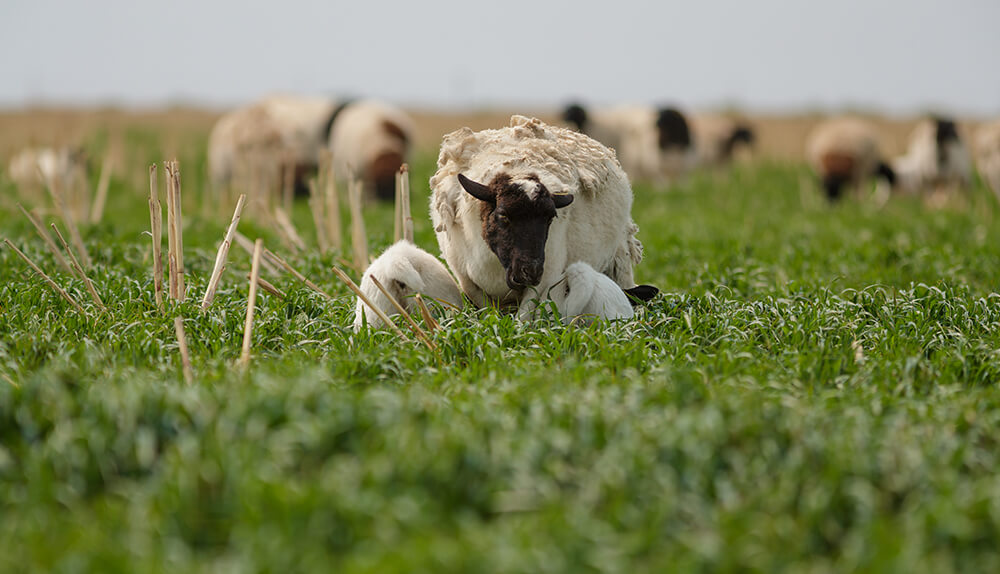
Observations and questions:
While the jury is still out on what exactly happened (besides the drought) with many of the cover crops planted at Red River last year, Pierce is asking himself these questions about possible contributing factors:
- Was the planting depth right? He says it’s possible the depth he set wasn’t optimum for good germination and emergence in 2022.“I’ve been farming for 30 years, so I feel like I have a pretty good idea of what’s needed, but this is a new ballgame.”
- Is it over-reaching to try to grow two crops a year this soon, on this soil, in this context? “Maybe we’re asking too much of it (the land) after taking away all the inputs we were putting in before,” Pierce wonders.Not only that, but the timing was changing on him. No longer chemically terminating the cool-season crop ended up delaying the planting of the warm-season one, he says.“Instead of planting around May 1, we’re having to plant it in late May or early June because the cool-season crop’s not done yet. Now you’re late, and you’ve missed all the early rain.”Pierce did try mechanically terminating the crop, in some areas laying down the tall growth with a roller-crimper, and in others running cattle across it to lay it down. But he says neither method seemed to make a difference in helping get the warm-season crops planted on time. “From my experience so far, it’s hard to plant a crop into a crop that’s still growing.”That being said, he does want to use the cattle to incorporate the cover-crop biomass for soil health.“We want to grow it up big and come back with the cattle, even if some of it is large and rank and the quality not that high. They’ll eat the good that they like and stomp the rest back down on the ground.”
- When should starter fertilizer or other soil amendments be considered? What type is best and how much? “I have more questions about whether or not to use fertilizer or other types of soil amendments than answers,” Pierce says. “If soil nutrient levels or pH is really low, would it not be better if we applied some ‘starter’ fertilizer, chicken litter or lime to help the plants get started growing good and then begin our adaptive grazing to cycle the nutrients? What are the tradeoffs?”Like many area ranches, Red River has a lot of bermudagrass pastures and crop fields planted annual cover crops and historically these types of pastures were routinely fertilized according to soil test results to keep them productive. Red River stopped applying fertilizer to these pastures three years ago. Recent Haney soil tests indicate the soil nutrient levels of N, P, and K are very low on most pastures, and the annual cover crops have been very slow to start growing each season, made worse by the drought conditions. This limits cover crop production and subsequent grazing until late in the growing season.Pierce’s experiences confirm it.“The cover crop plants grow very slow where the fertility is really low,” he says. “It takes several months for them to develop. It just doesn’t seem like the plants get enough nutrients from the soil to grow and become productive until most of the growing season is over. We can sure tell which pastures have the better soil tests.”It stands to reason, the more forage that is grown early in the growing season, the more regenerative grazing that can be done to start rebuilding the soil.“We think some type of starter or low application rates of soil amendments at planting could speed up the process of regeneration,” but Pierce being mindful of the economics adds, “but what is the cost-benefit? Is it worth it? That’s the answer I want to know.”“We wondered if a little starter fertilizer might help with early root growth,” said Pierce, “so we tried something on couple of cover crops fields last year.”This last fall, Pierce applied pelleted chicken litter as a starter soil amendment on a portion of the cropland at the ranch to see what effect it has on the cool season cover crops.“We didn’t have much rain since it was applied until this last month,” Pierce explains. “So the jury is still out on the results.”
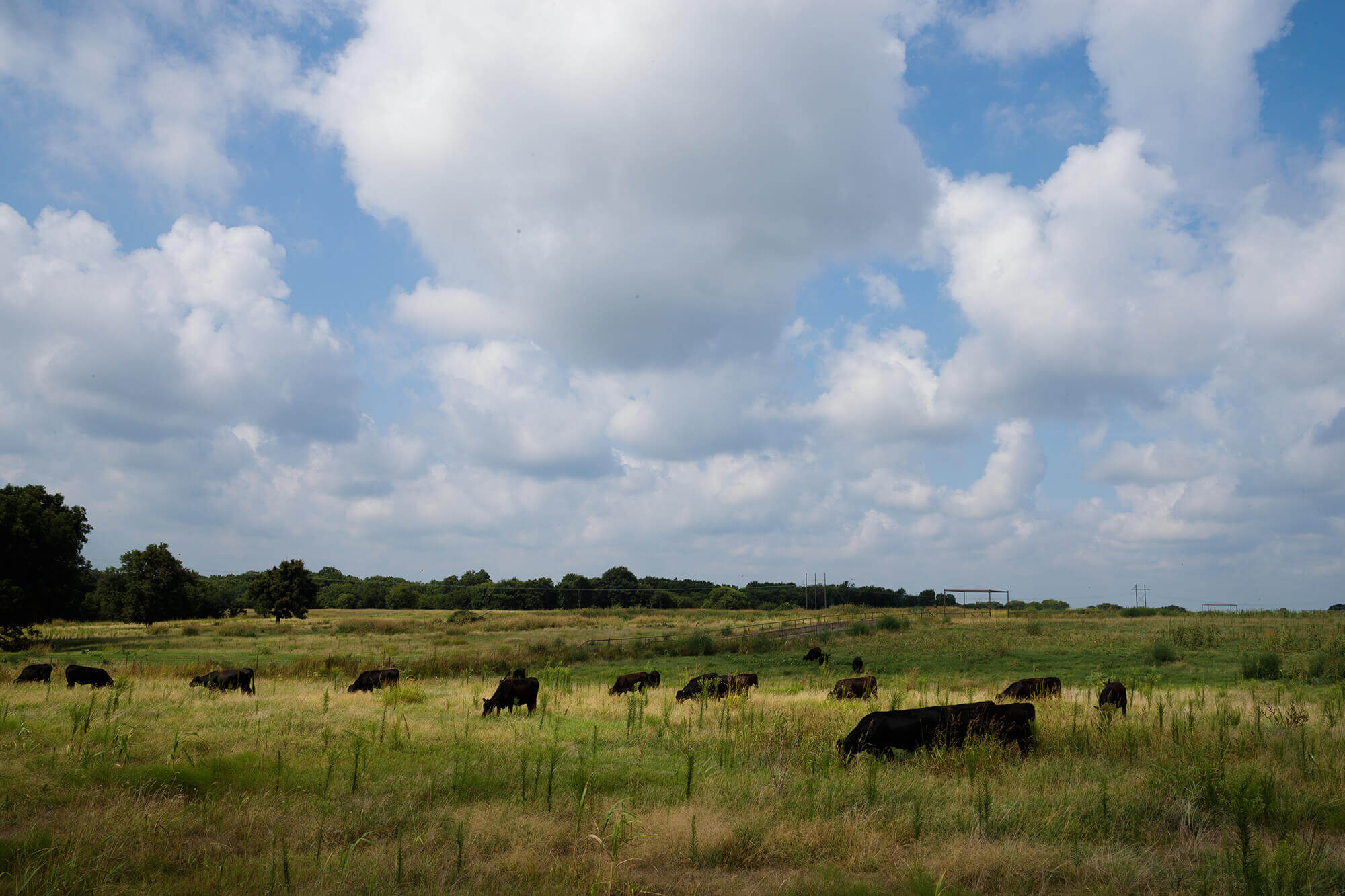
Lessons learned and things to try
- Start small, and build off of what you learn. “If you go out there and experiment on a thousand acres instead of a hundred acres, you could be highly disappointed the first year and may not ever want to try again,” Pierce says. “There’s definitely a learning curve with cover crops.”
- Experiment, adapt and change. After the past two years’ experience, Pierce is considering trimming down his warm-season mix to three or four grasses he knows will grow, like millets and sorghum, and a legume or two, like cowpeas. This way he hopes to grow the biomass he needs for soil health and save on seed costs.“Until we get to the point of having better soil health, I don’t know that we need to spend the money trying to plant some of those things” that aren’t growing well, he says.
- Consider a “target crop.” Targeting either a warm-season or cool-season cover crop as the priority in a given year may increase the odds of success. For Pierce, in some areas that may mean getting good grazing out of the warm-season grasses already growing in the summer, and focus on seeding and growing a more diverse cool-season crop. In others, it might be focusing on a warm-season crop and taking a break in the fall, keeping the ground covered with volunteer forage until it’s time to seed a summer cover-crop mix again.
- Keep good records of what you try. At Noble, Pierce and the other ranch managers use AgriWeb to track cattle inventories, records on individual animals, feed inventories and crop plantings. Now as they start using PastureMap to plan and record daily grazing moves and the locations of temporary fences, they can look back and see how their grazing management and timing affected each area of the ranch.
Of all the changes in mindset and practices that come with starting the regenerative ranching journey, Pierce says:
“This cover-crop stuff has been the toughest part of this whole deal for me. I’m learning as I’m going.”

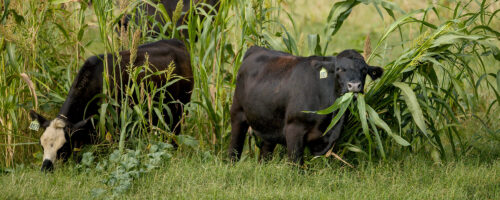
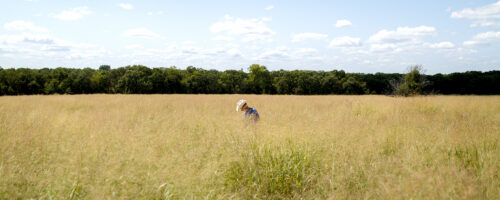
Comment